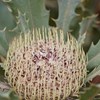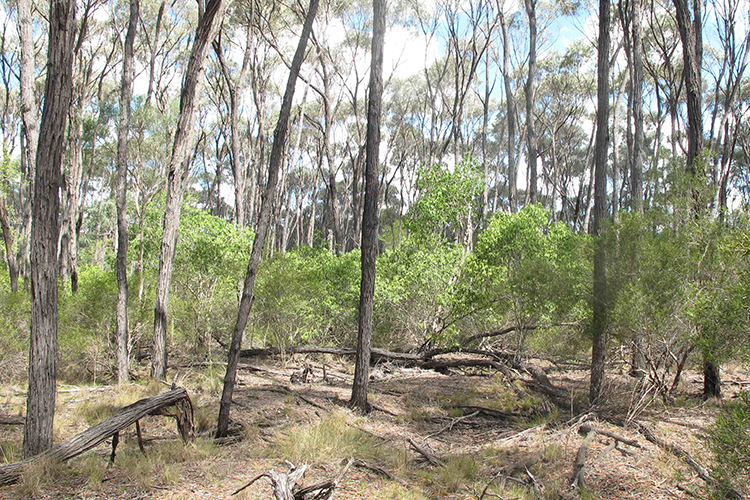
Australia’s Brigalow forests almost gone in 60 years
Tuesday, 05 September 2017In only 60 years Australia has lost over 90% of a type of forest that once covered 130,000 square kilometres, and could be losing plants with important medicinal uses.
Lead researcher Dr Rod Fensham from the University of Queensland says the loss of this once widespread ecosystem is one of the most rapid on the planet.
“At the start of the 1950s Brigalow forests were almost intact, and were important habitat for over 1000 other species of plants, as well as important habitat for wildlife,” said Dr Fensham.
“Brigalow trees, a silvery leaved wattle, grew to around 20 meters tall and formed dense forests. Their rapid clearing began in the 1950s when bull-dozers became readily available.
“Since then an average of almost 200,000 hectares of Brigalow forest has been cleared every year for 60 years.
“Only 8% of Brigalow forests now remain, a very poor situation, and as we lose Brigalow we are losing other species.
“Many of the wildlife species that were once common in Brigalow forests are now threatened including the Bridled Nailtail Wallaby, birds like the Black-breasted Button-quail, and reptiles like the Golden-tailed Gecko and Ornamental Snake.
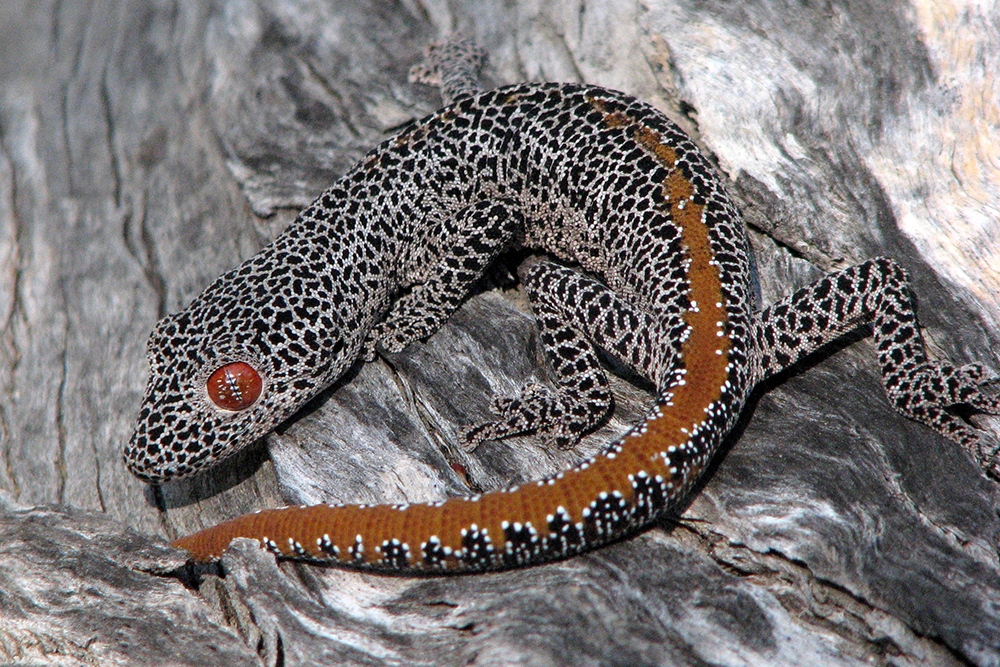
Image: Golden-tailed Gecko is only found in Brigalow forests. Photo: Dave Flemming Wikimedia CC BY 3.0
“We are also losing plants, for example, we surveyed for four species of bush tomatoe at over 200 sites, and found that for some species we have already lost 98 percent of the number of plants. So for every 50 plants that existed in 1950, there is now only one.
“As well as being important food for wildlife, bush tomatoes are rich in phyto-chemicals, if we lose these species we may lose important drugs for the future.

Image: Golden-tailed Gecko is only found in Brigalow forests. Photo: Dave Flemming Wikimedia CC BY 3.0
“We are also losing plants, for example, we surveyed for four species of bush tomatoe at over 200 sites, and found that for some species we have already lost 98 percent of the number of plants. So for every 50 plants that existed in 1950, there is now only one.
“As well as being important food for wildlife, bush tomatoes are rich in phyto-chemicals, if we lose these species we may lose important drugs for the future.
The research is part of the Threatened Species Recovery Hub which undertakes research to support the recovery of Australia’s threatened species.
The Hub is a collaboration between 10 of Australia’s leading Universities and the Australian Wildlife Conservancy, and receives support from the Australian Government’s National Environmental Science Programme.

Image: A bush tomato species which grows in Brigalow forest. Photo: Rod Fensham

Image: A bush tomato species which grows in Brigalow forest. Photo: Rod Fensham
Available for interview - Dr Rod Fensham, The University of Queensland, rod.fensham@dsiti.qld.gov.au, 0447 907535, 07 3896 9547
Media support - Jaana Dielenberg, TSR Hub Science Communication Manager, j.dielenberg@uq.edu.au, 0413 585 709
Photos are available in dropbox to accompany this story. Photographers must be credited
Top image: Brigalow Forest. Photo: Rod Fensham
Related News
-
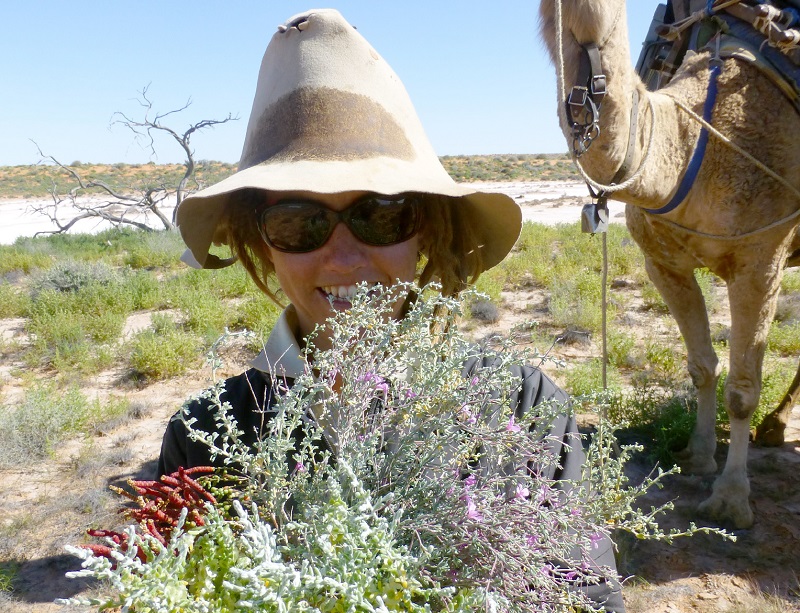
A Red Hot List for threatened plants
Monday, 07 August 2017 -
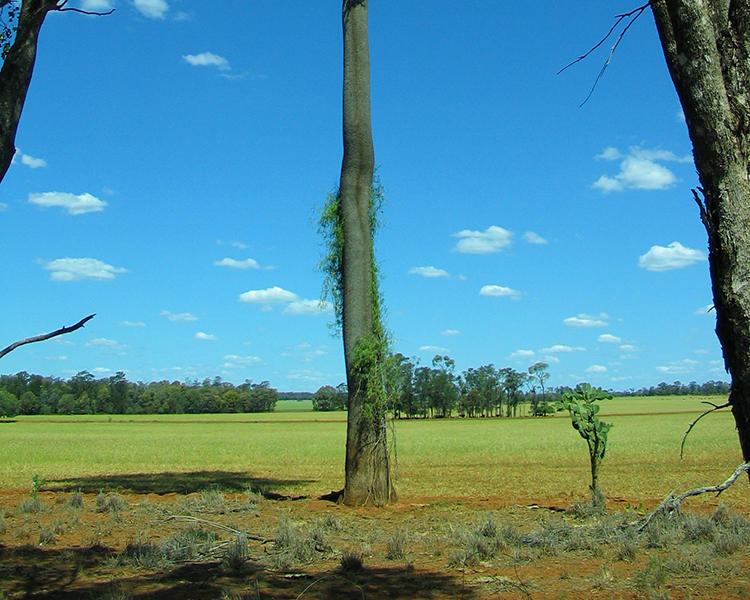
Lost with the brigalow - Rediscovering something lost in order to save what still exists
Tuesday, 13 February 2018 -
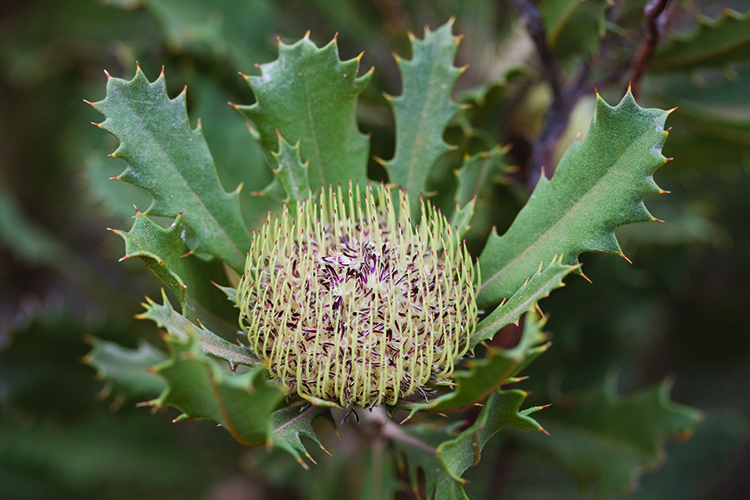
Plants Red Hot List: No surprises, no regrets
Thursday, 08 November 2018 -
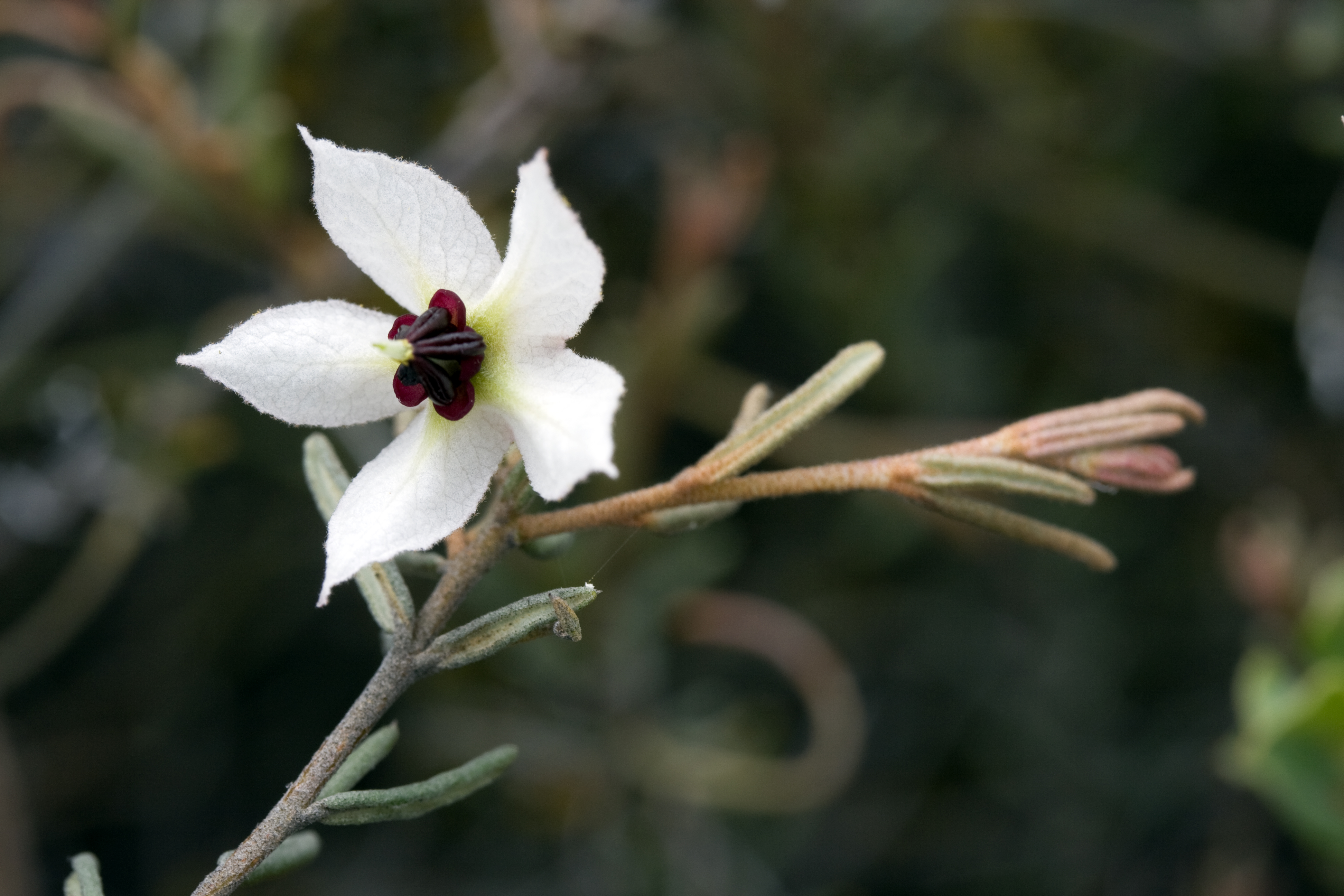
Red Hot List for flora continues to sprout
Thursday, 08 September 2016 -
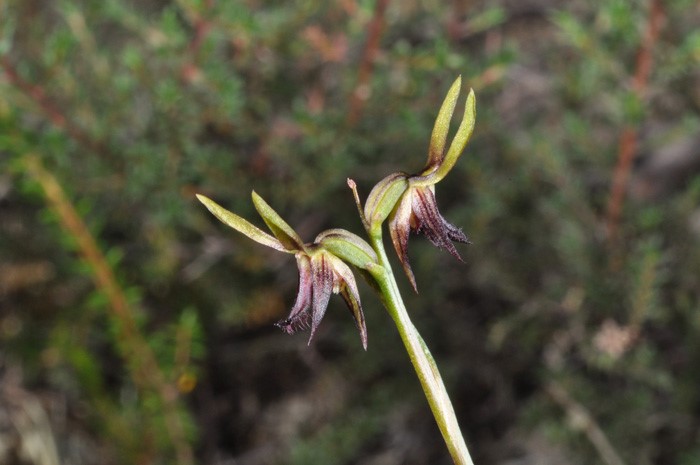
Red alert warning system for threatened plants
Tuesday, 17 May 2016 -
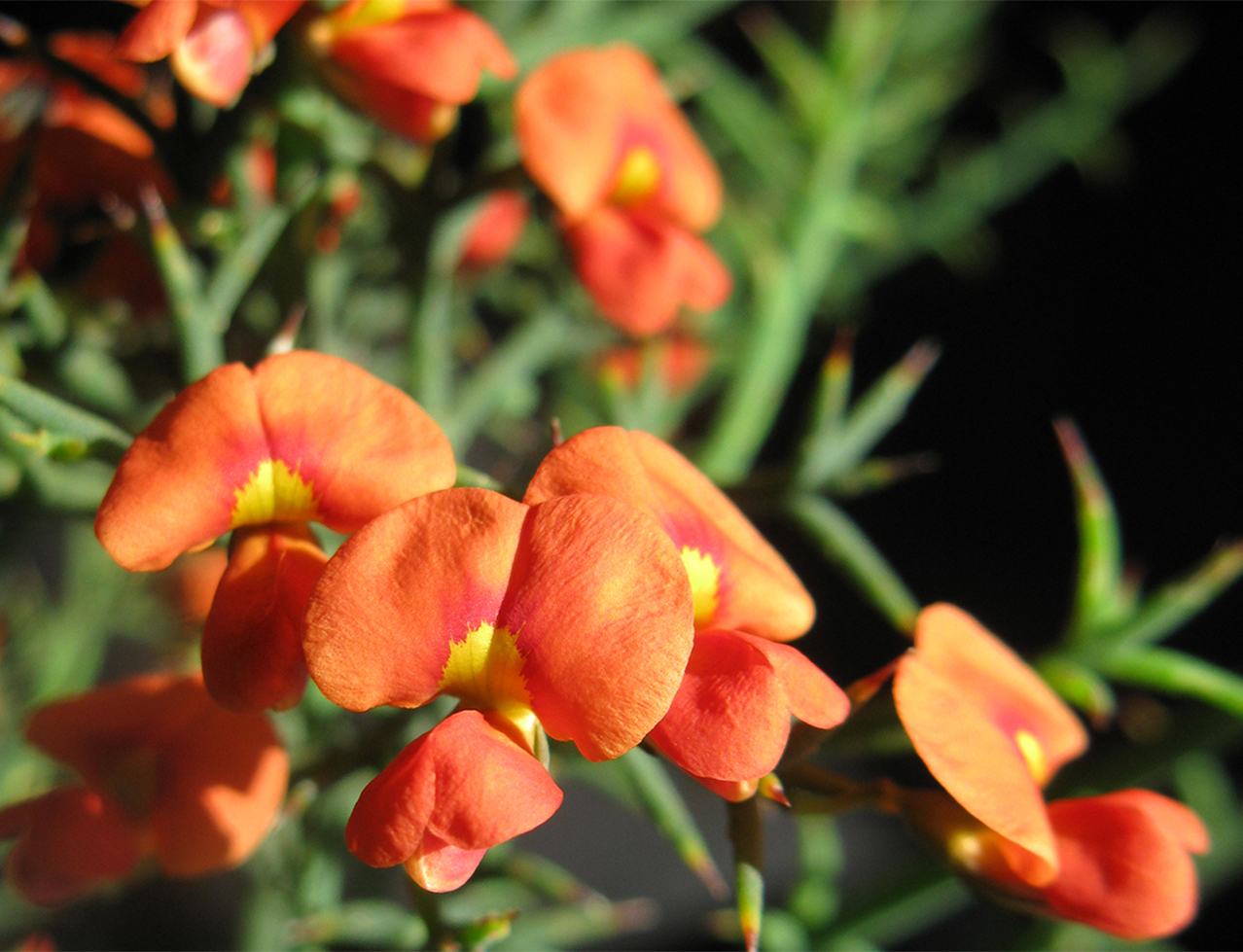
Imperiled Plant Action Plan identifies the 50 plants at greatest risk of extinction and how to save them
Thursday, 13 May 2021
